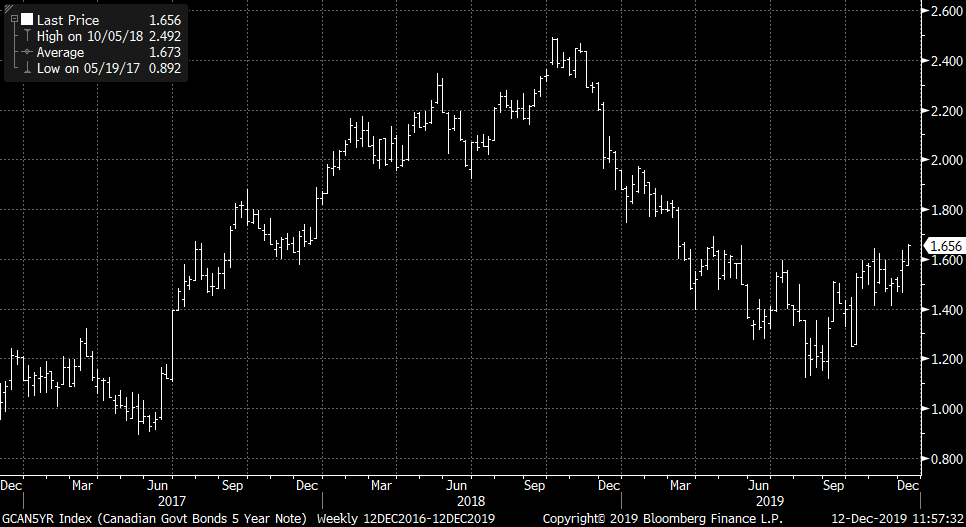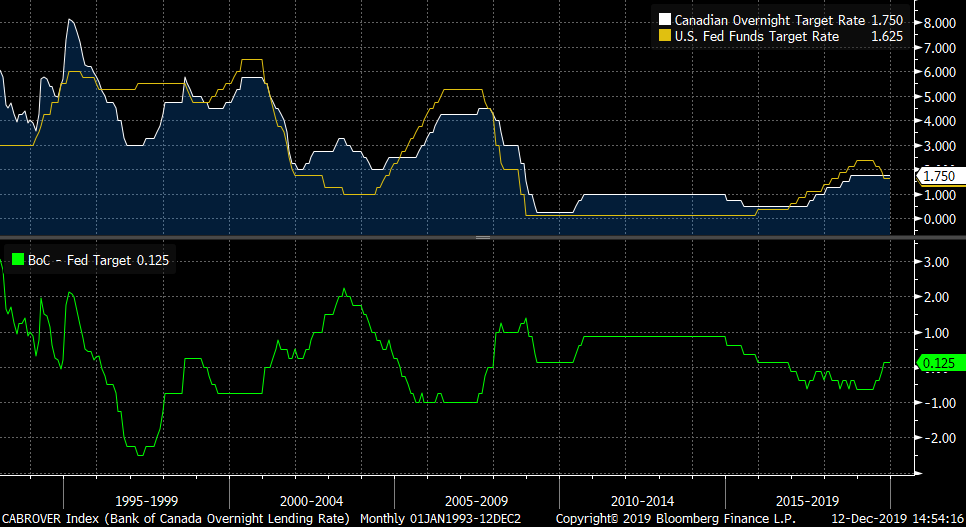Rates are breaking out.
Canada’s widely watched 5-year bond yield just hit a seven-month high. That’s typically bullish for fixed mortgage rates.

Trendsetter RBC wasted no time this morning. It ran a press release announcing it was boosting 3-, 4- and 5-year fixed rates by 10, 20 and 20 bps, respectively.
RBC doesn’t usually issue press releases when it’s merely updating run-of-the-mill mortgage rates. Clearly, it wanted everyone to know that rates were going up, for a reason—whether that reason is to create urgency to drive business, influence competitors to follow its lead, or something else.
Side note: An RBC spokesperson says today’s increases apply to the bank’s “unadvertised special rates.” She adds, “The rates we are changing were not advertised.” Meanwhile, the last “special offer” rates we saw on RBC’s website suggest these new 3-, 4- and 5-year fixed rates are actually 16 bps lower, 15 bps higher and unchanged, respectively.
Curiously, RBC has pulled all of its “special offers” off its website. Prior to this, it had consistently advertised special offer rates on its site since 2015. The last 5-year special we saw there recently was 3.24%, the same as today’s supposedly “new” rate.
If yields go much higher (e.g., if the 5-year yield closes above 1.70%) you can bank on the lowest 5-year fixed rates inching up at least 10 bps. And, as we speak, the lowest 5-year fixed rates are much lower than big bank-advertised rates. That gap will likely narrow, so if you need a fixed rate hold get one soon to be safe.
The Fed’s Dead (For at Least a Year?)
The U.S. Federal Reserve “may be going into hibernation for 2020.” That’s Action Economics’ take on yesterday’s unanimous Fed decision to leave its key rate unchanged.
Commentators now expect the world’s (arguably) most influential interest rate to flat-line next year. Two big reasons: U.S. core inflation remains under the 2% target and Fed chief Jerome Powell says unemployment can still drop materially below its half-century low without sparking inflation.
U.S. futures and overnight index swaps (which traders use to bet on rate direction) support the “long pause” thesis. Both markets are implying little change in rates in 2020, according to Bloomberg data.
That matters because the Fed almost always leads the Bank of Canada, as the chart below shows. The Fed’s hold-steady stance now makes it more likely the Bank of Canada will do the same in 2020.
This chart shows Canadian and U.S. policy rates (top pane) and the difference between them (bottom pane).
Rate Nuggets
- “Low interest rates are likely to persist” long-term, the Bank of Canada said today
- More oil supply than demand in 2020 could be rate bearish
- Man dies 40 days too early to get mortgage insurance payout
- More stress test criticism from the realtors

 log in
log in
 The Fed’s Dead (For at Least a Year?)
The Fed’s Dead (For at Least a Year?)